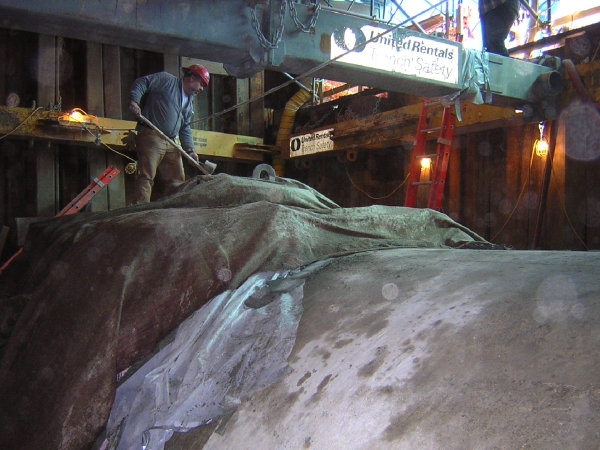Structural Analysis of Deeply Buried Flexible Pipe at Waste Disposal Sites

Waste disposal sites require subsurface gravity pipe systems to collect waste leachate and safely convey it to treatment and disposal facilities. As the availability of suitable land for waste disposal sites decreases and the cost to design and operate these facilities increases, the need to maximize waste storage capacity grows. The result is an ever-growing demand for deeper fill heights for both new and existing disposal sites. Of critical importance is an understanding of the structural adequacy of the leachate pipe, which must resist soil overburden pressures of up to several hundred feet. This paper discusses the engineering parameters that must be considered when evaluating the structural capacity of deeply buried flexible pipe for leachate collection, including waste material unit weight, soil stiffness modeling, arching factors, pipe bedding and backfill conditions, time effects, and design safety factors. Limit states that govern deeply buried pipe capacity include axial thrust, global buckling, ring bending, and diametrical deflections. The relative accuracy of current design methods and finite element analysis are evaluated, and modeling caveats are discussed. An example analysis of a deeply buried pipe installation is presented using the finite element program CANDE to estimate vertical arching factors.
Publisher
Pipelines 2014: From Underground to the Forefront of Innovation and Sustainability